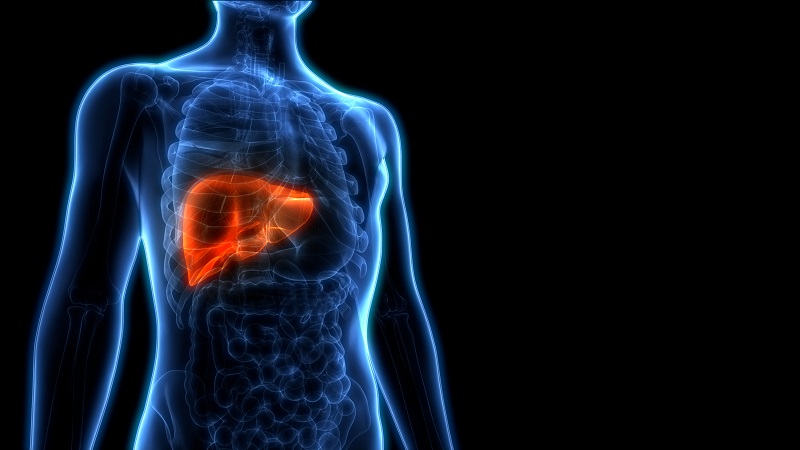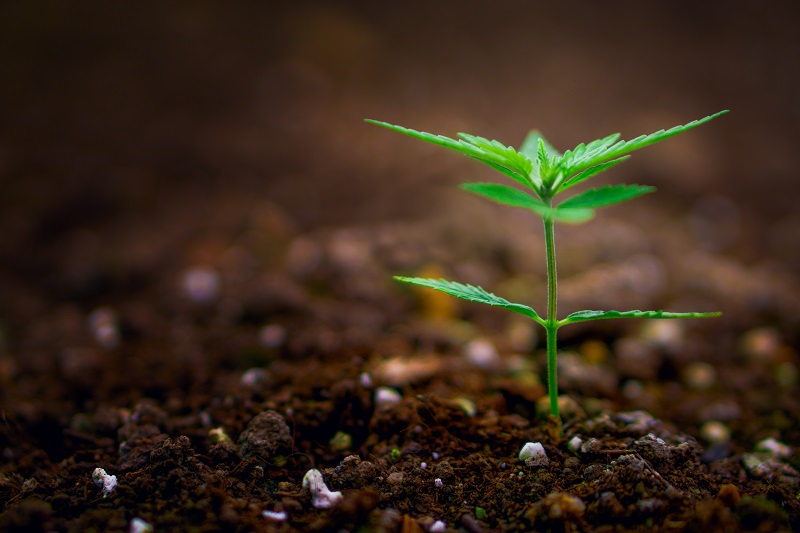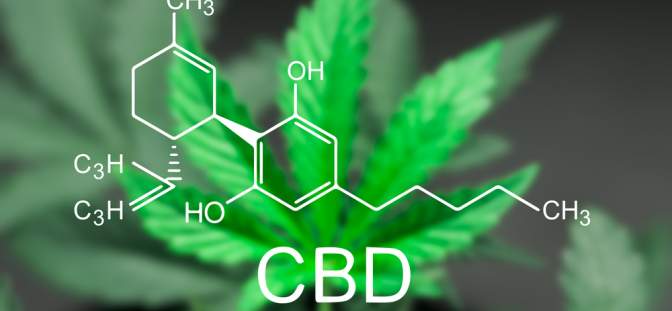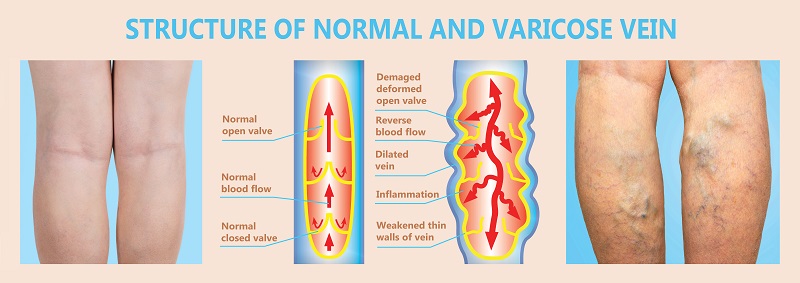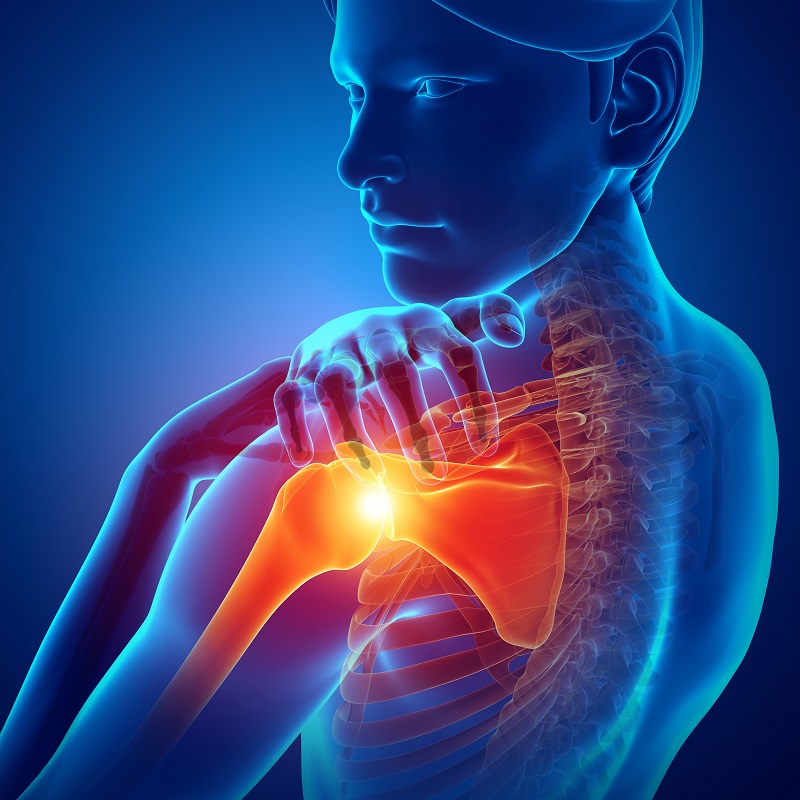CBD for Chronic Pain Relief
Chronic pain has become a regular part of most people’s lives. Chronic pain can occur due to several factors. Leading among them are diet, posture, lifestyle, and underlying health conditions. By the end of the year 2018, around 50 million American adults were diagnosed with chronic pains, while 19.6 million of them were afflicted with high-impact chronic pain.
Chronic pain is any pain that persists for 12 weeks or more. It is distinctly different from acute pain, which occurs during a shorter period to alert the human body of some injury or underlying illness. For example, the body pain which follows or precedes a fever is ‘acute pain,’ while a shoulder ache that has been impeding your efficiency at work due to constant pain for over three months now is ‘chronic pain.’
Living with chronic pain could decrease efficiency in everyday life and also affect the afflicted person mentally. Living in continuous physical pain drains a person emotionally and mentally as well. This is why CBD has created a huge stir in the market by providing people who suffer from chronic pains with quick relief and helping them lead a close to normal life.
CBD is a versatile alternative medicine. Apart from being used in medical supplements and pain relief medications, CBD is also used in the cosmetic industry, food & beverage industry, personal care products, and nutraceuticals industry, among others.
However, based on the plant CBD is sourced from and the psychoactive elements present in those plants, the use of CBD is currently allowed only in the 33 states where it has been legalized. The remaining 17 states have allowed the use of CBD extract in the oil form with minimal THC content to treat conditions such as epilepsy and seizures.
To understand how CBD can help provide relief from chronic pains, you will need to understand what CBD is all about, where it is sourced from, the components that make CBD, its effects, side-effects, and finally, the speed and efficiency with which it can treat chronic pain syndrome.
What is CBD?
Now that you have a brief idea about what chronic pain is and what CBD is about, it’s time to delve deeper to understand the connection between the two.
CBD is the short form for Cannabidiol. It is a chemical compound that is found in the Cannabis Sativa plant. This plant has been grown throughout history and is used as a source of seed oil, food, industrial fiber, recreation, and to elevate spiritual and religious moods, and also as a medicine.
The two types of Cannabis Sativa plants that are known to most are hemp and marijuana. The CBD compound extracted from these plants is integrated into medicines to impart the feeling of calm relaxation.
CBD occurs in cannabis plants, along with its psychoactive counterpart, delta-9-tetrahydrocannabinol (THC). The latter is responsible for causing the high that people experience upon ingesting, vaping, or using marijuana in any of its forms. However, CBD is not psychoactive, and as such, using CBD will not give you any kind of a high or cause effects like euphoria. CBD will not make you feel dull, sedated, or sleepy. Hence, it is safe for use for most people.
Some people have a different reaction to CBD. If you have ever experienced any reactions to OTC medicines such as Advil or Tylenol, the chances are that you might experience some side effects from CBD as well. So, if you are trying CBD for the first time, please ensure that you do so under proper supervision.
CBD health benefits
Although there is yet a lot of research to be conducted to support the claim CBD has on easing chronic pain and other health issues, the fact is that historical evidence has shown that it indeed does positively impact chronic pain situations in people.
The strongest scientific evidence on the effectiveness of CBD in treating health problems is that of its ability to treat childhood epilepsy syndromes, like the Lennox-Gastaut Syndrome, or the Dravet Syndrome, which are not treatable by the usual anti-seizure medicines. During numerous studies, it was seen that CBD effectively reduced and subsequently stopped such attacks from occurring.
Coming to CBD’s role in chronic pain relief, a study conducted by the European Journal of Pain, on an animal model, showed that topical application of CBD helped reduce the pain due to arthritis. Certain other studies have also revealed that CBD can successfully treat chronic pain caused by musculoskeletal and neuropathic conditions. These three are the major contributors to chronic pain in most adults.
Over the years, CBD has become extremely popular across the U.S. Despite its legality, which is still in flux, more people are turning to CBD to treat conditions such as chronic pains, osteoarthritis, and even cancer.
Patients have been requesting doctors for CBD-based medication, knowing how effective it is in treating such chronic conditions. And while doctors have been prescribing CBD medication (depending on the state they are operating out of), they are still looking for more studies and researches that can help support the claims of CBD and its ability to alleviate chronic pain.
CBD and its role in chronic pain relief
The two main causes of chronic pain are musculoskeletal conditions and neuropathic conditions (damage or pain in the nerves) such as sciatica or carpal tunnel. CBD helps treat both kinds of chronic pains. It is also believed that a slight addition of the THC to the prescribed CBD dosage can help enhance pain relief. However, the inclusion of THC in the dosage makes it slightly more difficult to access this medicine.
This means that if you would like to address your chronic pains with some CBD, you can find it over the counter. But the moment you add THC to the dosage, you will need a prescription to get the medicine. However, as mentioned earlier, CBD is safe to try for most people.
Although CBD has been known to provide relief from multiple diseases and health conditions, when it comes to pain, the rules are a bit different. This is because of the difference between the two kinds of pain. While acute pain, caused explicitly due to some damage to the bone or nerve, can be identified clearly via an x-ray or MRI, chronic pains such as fibromyalgia, migraines, or tension headaches cannot be linked to a certain body part. Therefore, they cannot be linked to the body, pathologically. Hence, finding out how CBD is healing a condition that cannot be identified in the body becomes a bit difficult.
CBD is an anti-inflammatory drug that also has analgesic properties. Therefore, it is clear that it does provide relief to people suffering from pain. There might not be a lot of research supporting the effect of CBD on human pain relief; the consensus of users of CBD for pain relief has been that the medicine alleviates pain, indeed. In a cross-sectional study of cannabidiol users, it was found that 62% out of the total number of users used CBD to treat chronic pain, joint pain, and arthritis.
This shows that the majority of CBD takers are using it to cure, or at least lessen their chronic pains. Research shows that CBD when combined with THC, works even better. Researches focused on the effectiveness of CBD and THC used in unison show mixed results.
Study#1
A report by the National Academy of Science, Engineering, and Medicine, published in 2017, claimed that there was substantial evidence that cannabis was indeed effective in treating not only chronic pain but also the side effects of chemotherapy such as nausea and vomiting and muscle spasms and stiffness caused by multiple sclerosis.
Study#2
One of the studies conducted by the Department of Veterans Affairs, in 2017, found some evidence (low strength) that the THC: Cannabis combination (1:1 or 2:1) was effective in alleviating neuropathic pain. However, its effect on other types of pain could not be ascertained.
Study#3
A study conducted by one of the most reputed research organizations in the world, Cochrane, found minimal evidence on the effectiveness of using CBD to treat chronic neuropathic pain.
Although these studies might not look very encouraging at the face of the evidence lacking to support this theory, experts are still hopeful that they will find the answer to how the wonder drug works and why it deserves the popularity it enjoys.
The reason why the studies don’t look as promising and CBD as effective as compared to people using the substance is because the studies don’t give their subjects CBD for a long duration of time. Also, there is not a lot of focus put on the underlying condition that is causing pain. Also, the subjects are not given the kind of cannabis products that are in use in today’s date, thereby proving them less effective.
Also, studies use synthetic (single molecule cannabinoids) or low-quality cannabinoids that contain mold and are usually closer to the hemp family than the marijuana family. Hemp, unlike marijuana, contains very little amounts of THC.
It is also possible that with further research, experts might find that CBD is self-sufficient in treating chronic pain, and it does not need THC to make it better.
What’s the best way to take CBD?
There are many different ways of taking CBD. The way you choose is dependent upon the goal you are looking to achieve. CBDs are available as pain-relief spray, pain-relief roll-on, pain-relief cream, topical lotion, cream, oil, and ointment forms. All you need to do is apply it to the affected area to see results. The CBD in topical applicants provides relief though localized relief.
Then you have CBDs in ingestible forms, such as candies, vape pens, tinctures. They all help provide relief from chronic pain. But how fast they start acting and how long they last depend upon each form.
For example, the vape pen works faster in relieving pain as compared to other forms, as the CBD dissolves in the blood to help alleviate the pain quickly. However, it only lasts for an hour or two at the most, after which it wears off. So, in case of emergencies, for example, if you have thrown your back and you are unable to get up, a vape pen is your best option. However, if you are working and need some long-term relief that lasts at least 6-7 hours, go for a tincture. The tincture takes 15-30 minutes to take effect as compared to the ten minutes offered by vape pens.
What to look for when buying CBD products?
With the sudden surge in the popularity of CBD, the market is swarming with a large number of brands producing CBD products. Therefore, it is important to ensure the following when you are buying CBD in the market:
- Label: CBD dietary supplements must have an FDA disclaimer on their back panel along with a warning section. Having access to third-party test results of the said supplement would be an added plus, too.
- Batch number: Always go for CBD medicines and supplements that have a batch number on them.
- Dose: The dose of a particular CBD product depends on whether it is isolate or full spectrum. Full-spectrum refers to the inclusion of other forms of cannabinoids, such as cannabigerol or cannabidivarin. The presence of more compounds in any CBD medicine or supplement makes it more potent than it would be all by itself. A single 10 mg dosage of full-spectrum CBD could give you the results that a 100 mg dosage of isolate CBD might not be able to achieve.
- Claims: Any CBD brand that openly claims that it can cure any disease is one you should avoid. This is because brands claiming complete cure must be bending the rules and going past the legal dosages/compounds to make good their promise, and that is not safe.
Conclusion
CBD has indeed worked well for many who are suffering from chronic pain neuropathic or musculoskeletal. It will still take some time for more studies and researches to find out how exactly it helps in reducing pain and inflammation. A few changes to the current ways of conducting studies should be able to achieve this.
These changes include using real CBD instead of synthetic ones, and having participants use them for a longer period. These studies will give doctors more conclusive evidence on how to use CBD to cure chronic pains and illnesses. Till then, isolate CBD and full-spectrum CBD, sans THC, are safe enough for consumption in limited doses. If you have been planning to give CBD a shot to heal your chronic pain, ensure you talk to a medical practitioner first before starting the prescription.
More articles:



